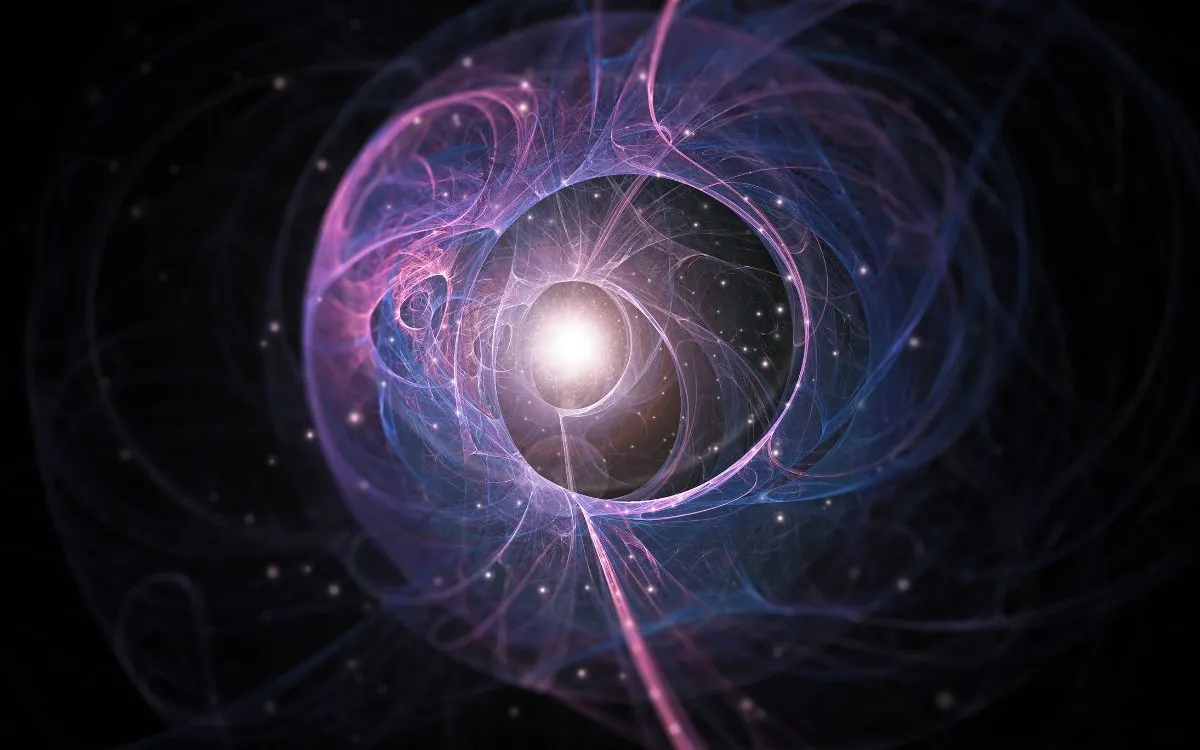
The quantum physics community is abuzz with excitement following a groundbreaking discovery by researchers at Rice University. After more than 70 years of theoretical speculation, scientists have successfully observed a phenomenon known as the superradiant phase transition (SRPT). This remarkable breakthrough, detailed in a recent publication in Science Advances, represents a significant milestone in quantum mechanics and opens up extraordinary possibilities for future technological applications.
In 1954, physicist Robert H. Dicke proposed a fascinating theory suggesting that, under specific conditions, groups of excited atoms could emit light in perfect synchronization rather than independently. This collective behavior, termed superradiance, was predicted to potentially create a new phase of matter through a complete phase transition. For over seven decades, this theoretical concept remained largely confined to equations and speculation. The main obstacle was the infamous “no-go theorem,” which seemingly barred such transitions in conventional light-based systems. This theoretical barrier frustrated generations of quantum physicists who sought to observe this elusive phenomenon.
Similar to how scientists might invent a new color visible only to a select few, this quantum phenomenon stayed hidden despite being mathematically predicted. The challenge of creating the necessary experimental conditions seemed nearly insurmountable. Quantum mysteries often require extreme environmental conditions to manifest, and the discovery of SRPT follows this pattern, demanding researchers to push experimental parameters to extraordinary limits.
On April 4, 2025, everything changed when Rice University scientists published their groundbreaking findings in Science Advances. Their experiment successfully induced and observed the superradiant phase transition in a solid material under extreme conditions. The team utilized a crystal composed of erbium, iron, and oxygen that was cooled to a mere -271.67°C—just thousandths of a degree above absolute zero. They then subjected this crystal to a magnetic field approximately 100,000 times stronger than Earth’s natural field, creating an environment where quantum effects could dominate.
Within this highly controlled setting, researchers observed two subsystems of particles—iron and erbium ions—entering a state of perfectly coordinated collective fluctuations. Unlike Dicke’s original prediction involving light interactions, these particles communicated via magnons, which are collective excitations that propagate through the magnetic moments (spins) of particles. This innovative approach allowed researchers to circumvent the theoretical limitations that had previously prevented the observation of SRPT.
Beyond its theoretical implications, this quantum breakthrough has profound practical applications, particularly in the realm of quantum computing. The superradiant phase transition phenomenon naturally stabilizes “squeezed quantum states,” which significantly reduces quantum noise—the persistent challenge that undermines the reliability of qubits. This discovery could lead to more stable qubits with lower error rates, enhanced precision for quantum sensors, and potentially faster logical gates for future quantum computers.
The collective nature of SRPT offers inherent protection against decoherence, one of the primary hurdles in current quantum technologies. Instead of managing individual qubits, engineers might leverage systems that self-stabilize through internal interactions. This approach holds promise for improvements in reliability, quantum information lifespan, and the miniaturization of future processors. The importance of stability in quantum systems parallels the significance of emotional intelligence in human interactions, marking a new frontier in both fields.
While this observation marks a fundamental breakthrough, substantial work remains before SRPT can become an industrial tool. According to Dasom Kim, a co-author of the study, “This discovery could revolutionize quantum sensors and computing technologies by substantially improving their fidelity, sensitivity, and performance.” The race for quantum supremacy involves significant stakes across multiple domains, including climate modeling and cybersecurity. This revived theory may prove to be one of the decade’s most significant scientific surprises, enabling a new generation of quantum technologies previously deemed impossible.
Sometimes, the most profound discoveries arise from unexpected places. Much like researchers uncovering mysterious spheres deep in the forest that challenge conventional understanding, this quantum breakthrough emerged from extreme conditions that revealed new physical realities. The observation of SRPT not only validates decades of theoretical work but also opens entirely new research directions. The quantum future suddenly appears brighter—and more coherent—than ever, with applications potentially extending to fields yet to be imagined.